In 1831 (ASN, Casa Reale Amministrativa, III inv., folder 88), the Queen Mother, with the consent of her royal son, withdrew a series of furnishings and objects from the Royal Palace and the Royal Palaces of Portici and Capodimonte to furnish her new residence. Among the many objects, from the Music Room in the Royal Palace was withdrawn "a gilded bronze table clock with music underneath, in four arias, located on a pedestal. On the front of the clock, on enameled porcelain, is the portrait of HRH the Duchess of Berry" (p. 9). The same clock is described in the 1848 Inventory (p. 284 v) as a "Gilded bronze table clock with porcelain figure on the front, with a loop-shaped time display, crystal bell and music on the base, ducats 60" and is proudly displayed in the ground-floor gallery of Villa della Regina, in the rooms preceding the so-called Museum.
Maria Carolina of Bourbon Naples, born in 1798 and Duchess of Berry from 1816, was the daughter of Isabella's royal consort from his first marriage to Archduchess Maria Clementina of Austria, who had died soon after. Her relationship with her stepmother Isabella was sparse but good, so much so that in her companionship room, known as the portrait room, there was a large portrait of the Duchess and one of her son, the Duke of Bordeaux, known as the "miracle son" because he was born a few months after the death of his father, who was assassinated in 1820.
The two ladies met only in 1829 during the Neapolitan couple's trip to Spain for the wedding of their daughter Maria Cristina. On that occasion, Francis I, passing through France, was able to see his eldest daughter in Grenoble and then meet her again in Paris, where he stayed for a long time with his wife, at Return from Madrid. On this occasion, many gifts were exchanged, and we like to assume that this clock was also part of it. We can also assume that the "glorious" portrait of the Duchess, crowned with roses by a group of cupids—her adventurous birth of the heir to the throne of France had made her a Bourbon legend—may have its precedent in that series of graceful small-format portraits of the young Bourbons of France and Spain and of the Orléans, created by Alexandre Dubois Drahonnet between 1828 and 1829, and partly preserved in Capodimonte, in which Maria Carolina herself also appears.
Period: 19th century;
Origin: France;
Dimensions: Height: 59 cm; Width: 30 cm; Depth: 13.5 cm.
Condition: Excellent;
Document: Certificate of authenticity;
Support: We are at your disposal for further clarifications, information, and images;
Shipping: Available in All of Italy, Europe, and the rest of the world. Affordable prices, maximum security, and complete traceability. (To be arranged privately.)
Have a nice day.
Antichità Goglia







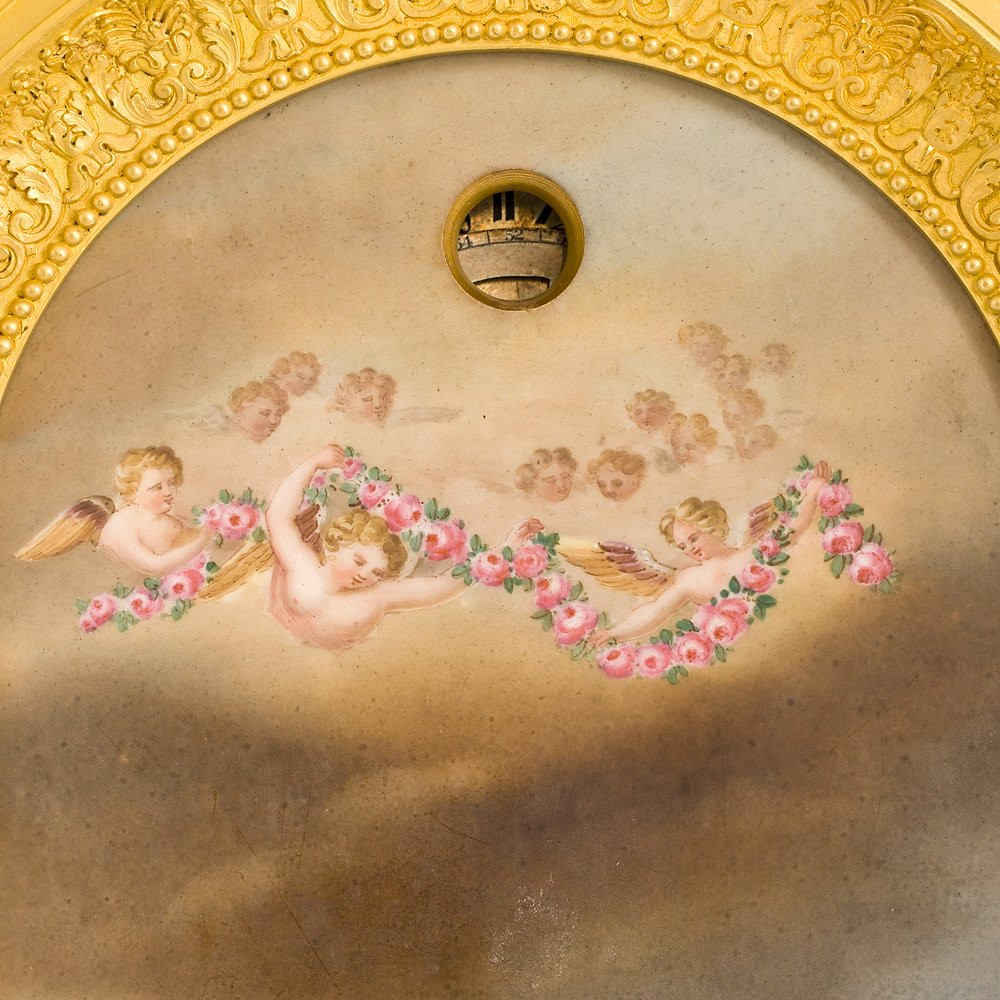

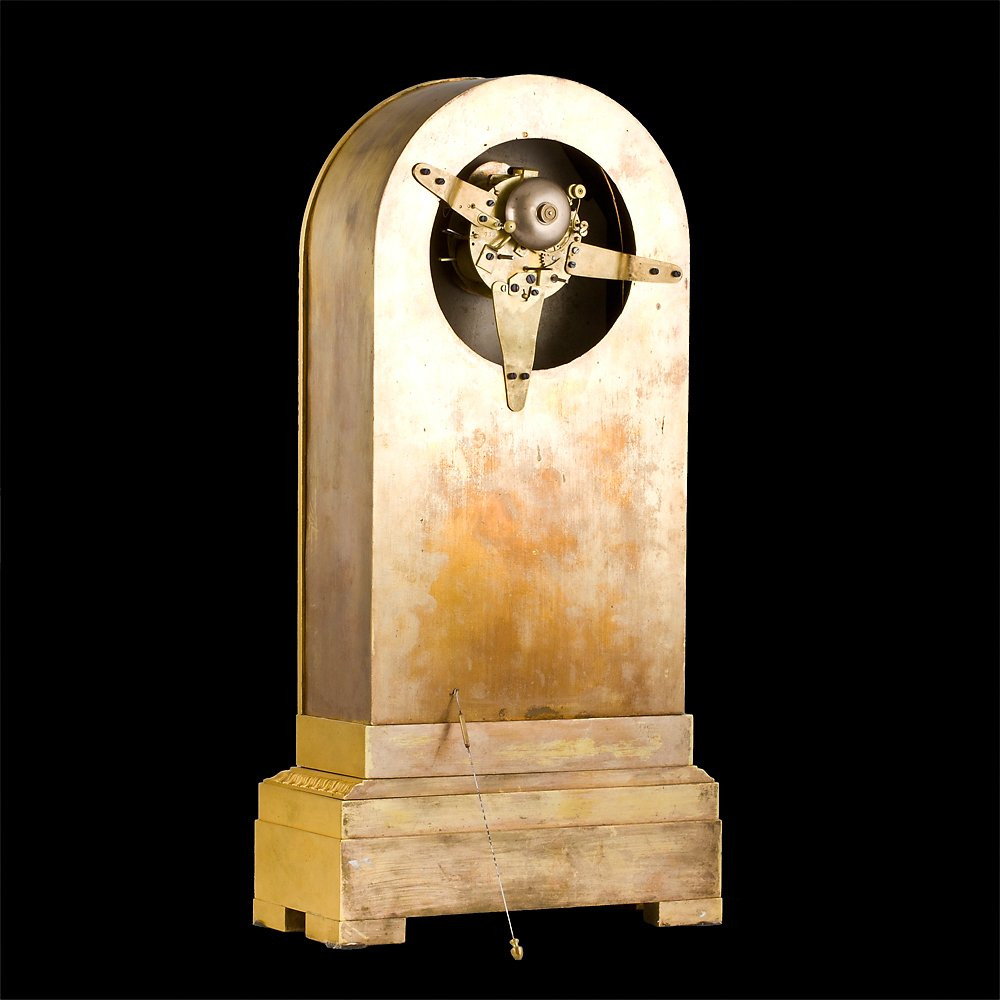

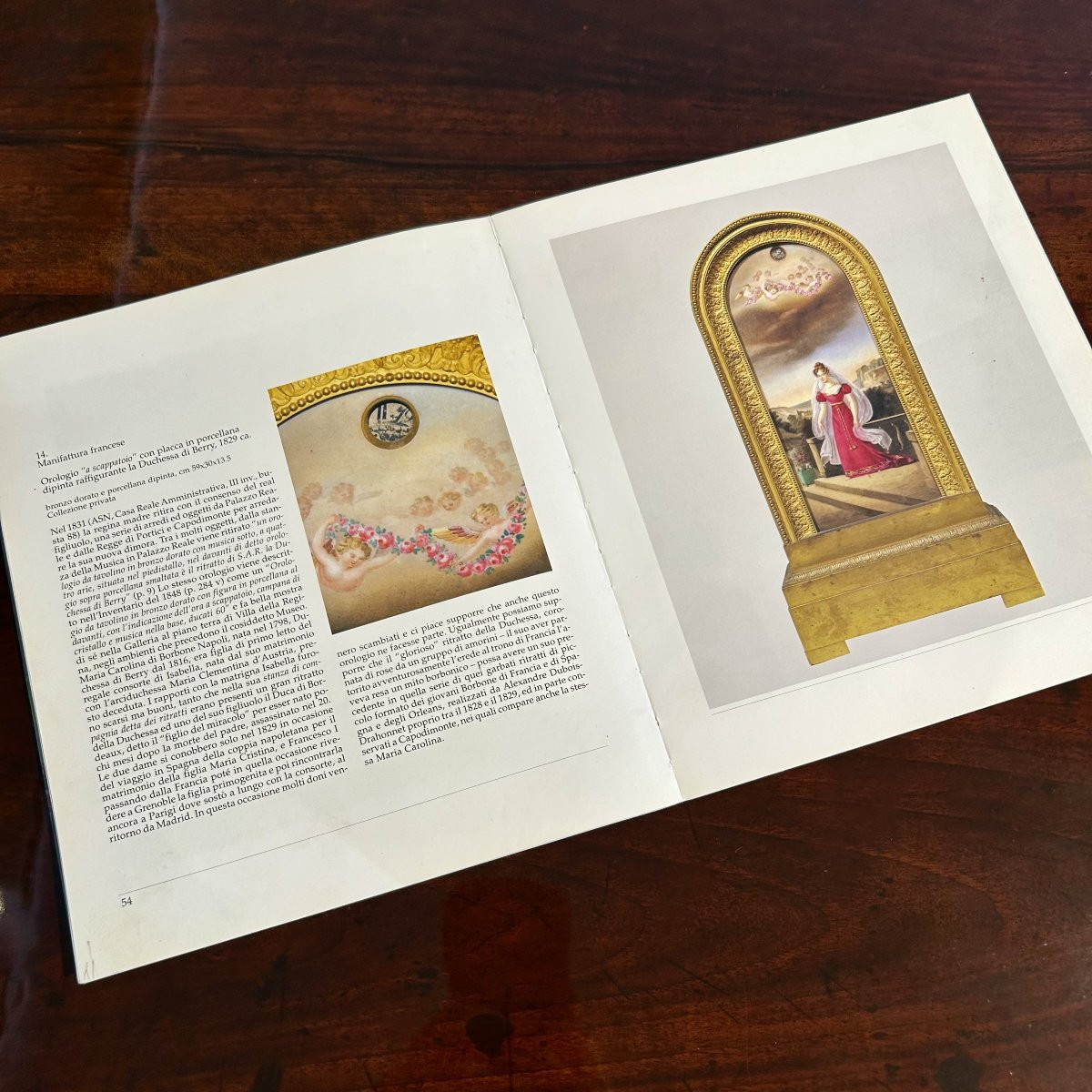
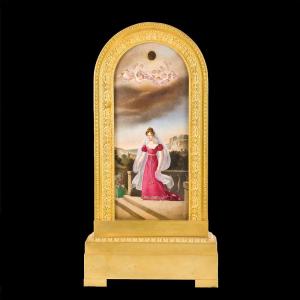












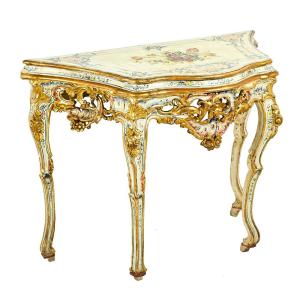








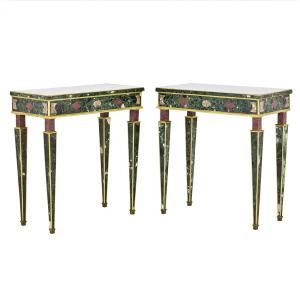

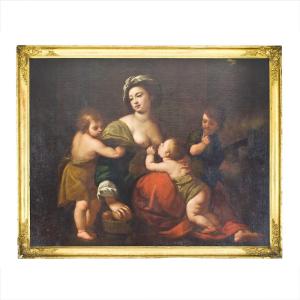





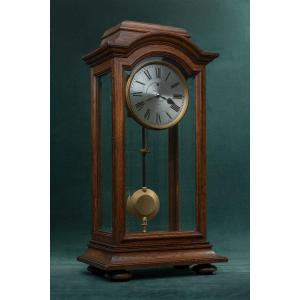



 Le Magazine de PROANTIC
Le Magazine de PROANTIC TRÉSORS Magazine
TRÉSORS Magazine Rivista Artiquariato
Rivista Artiquariato